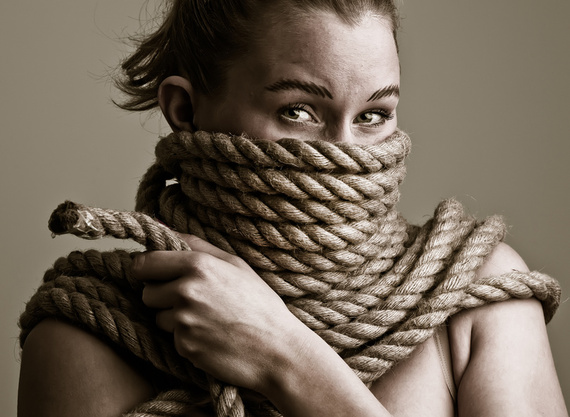 How well does your creative writing program rank in job placement and graduate publication placement? How does your writing program address gender and diversity? What liaisons, projects, publications, literary journals, outreaches, connections, and/or student groups have been developed within your program to address such issues?
How well does your creative writing program rank in job placement and graduate publication placement? How does your writing program address gender and diversity? What liaisons, projects, publications, literary journals, outreaches, connections, and/or student groups have been developed within your program to address such issues?
From Mark McGurl's The Program Era (2009) to Chad Harbauch's "MFA vs. NYC" (2010), the question of venue and rise of creative writing programs across the US has gathered a good deal of response, defense and speculation. Increasingly, university creative writing programs are cinching in the budgets, and yet, the cost of tuition is on the rise. Diversity and gender conversations are happening, such as VIDA's annual count, but little research is available on program practices and student best interests. Now, it is time for students to have their say.
The Doctor T. J. Eckleburg Review, housed at The Johns Hopkins University, M. A. in Writing Program is collecting qualitative and quantitative information on the value and outcomes of the educational experience of writing students and graduates in U.S. programs with an eye toward diversity and gender experiences and how these programs, program leadership and program initiatives are meeting the needs of its female students and students of color. The survey welcomes and encourages student participation that does not meet the gender and diversity model.
This survey is a broad and qualitative sampling that will help researchers define a later and more narrowed quantitative focus with a goal toward exploring programs, conferences, and leadership demographics. Identities and emails will not be shared with program leadership. The survey welcomes honest feedback from students/alumni at the Johns Hopkins University, M.A. in Writing Program as well as other universities.
This survey follows valuable models given by VIDA and other such interest groups but with a focus on practices, values and diversities within MFA and MA programs, a costly graduate pursuit where gender and diversity research is underserved.
Qualitative objectives include:
- To gain an understanding of underlying reasons and motivations for program gender and ethnicity trends;
- To provide insights into why gender and ethnicity trends are currently occurring in order to generate and form hypotheses for later quantitative research;
- To uncover prevalent gender and ethnicity trends in thought, opinion and community so to help improve gender and ethnicity practices in core program focuses for best interest of student needs.
As a thank you for time and shared experiences, editors are offering a free copy of Eckleburg No. 18 digital issue.